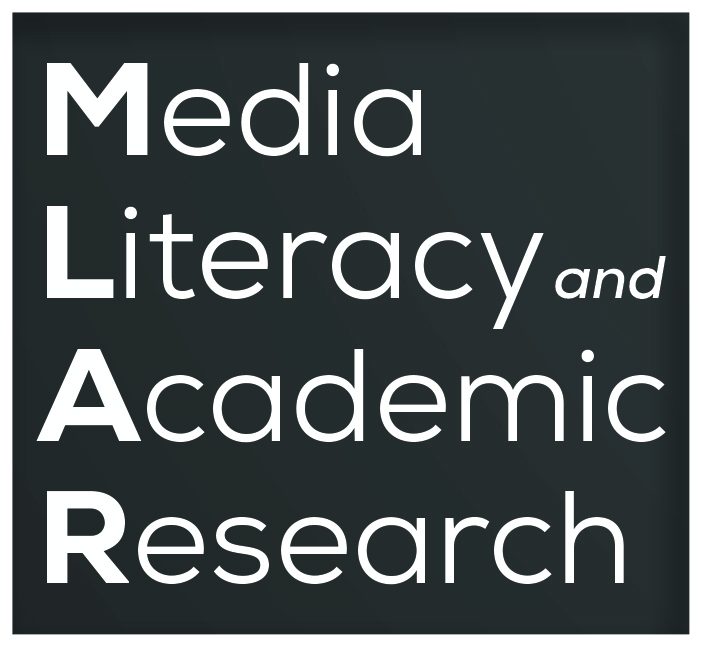Erik Bean
ABSTRACT
Ever since information was first operationalized by library science into consumer formats, media bias has been studied from the purview of information gatekeepers who decide what, how, and when to publish based on story importance and factors like circulation. This concept did not include individuals or entities outside of the journalism discipline. With the advent of the internet and a number of social media networks that soon followed, individuals could more effectively release information without waiting for gatekeepers, thus shaping the public’s perception regardless of the topic. Scholars offered a theoretical framework for shaping the public’s opinion and still other scholars focused on how information could be slanted or partisan. However, these seminal approaches did not operationalize the term information bias in terms of the overall partiality of major sources themselves. Information evaluation tests such as the Currency, Relevance, Authority, Accuracy, and Purpose (CRAAP) and Stop, Investigate, Find, Trace (SIFT) that have been discussed as tools to assess information for bias fall short on the very first step of what to inspect and how to sort. With a gap in the literature sorting through the types of biases can be daunting and confusing. The purpose of this paper is to propose one initial method as the first step to sort information bias regardless of its form, analog or digital, into seven prominent sources each with their own inherent but larger impartiality tied to it. The sources of all information bias to be discussed in alphabetical order are: 1) academic, 2) forprofit, 3) government, 4) hidden agenda, 5) individuals, 6) nonprofit, and 7) watchdog group.
KEY WORDS
Impartiality. Information Bias. Inspected. Media. Parsed. Sources. Types.
DOI

